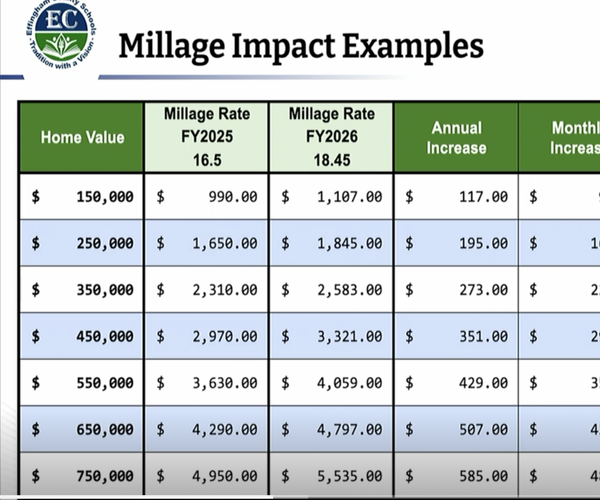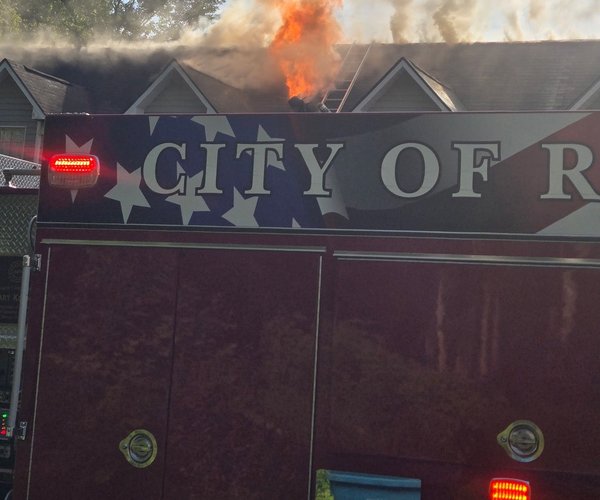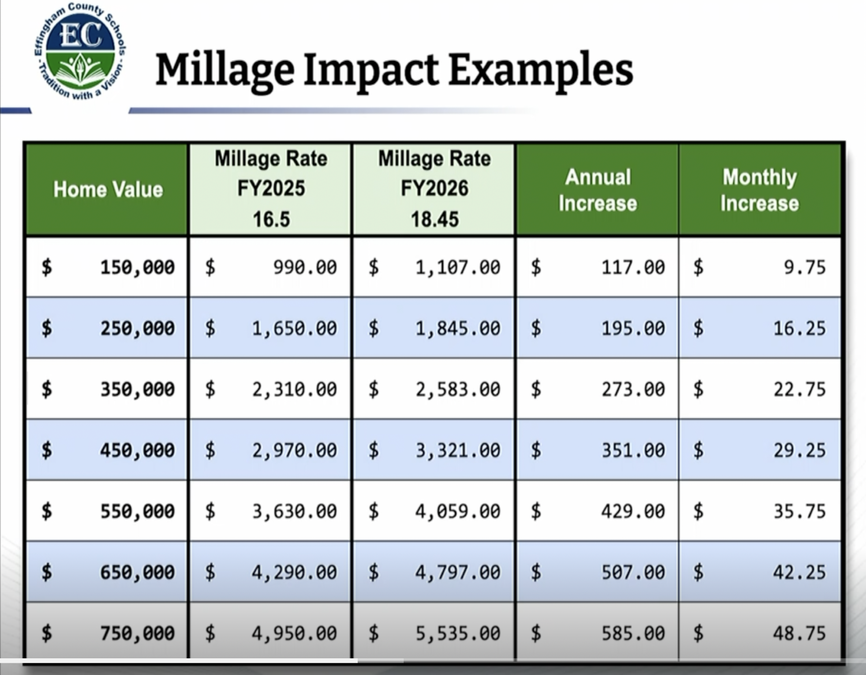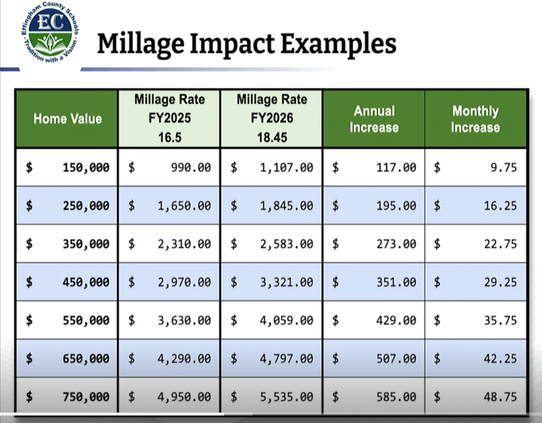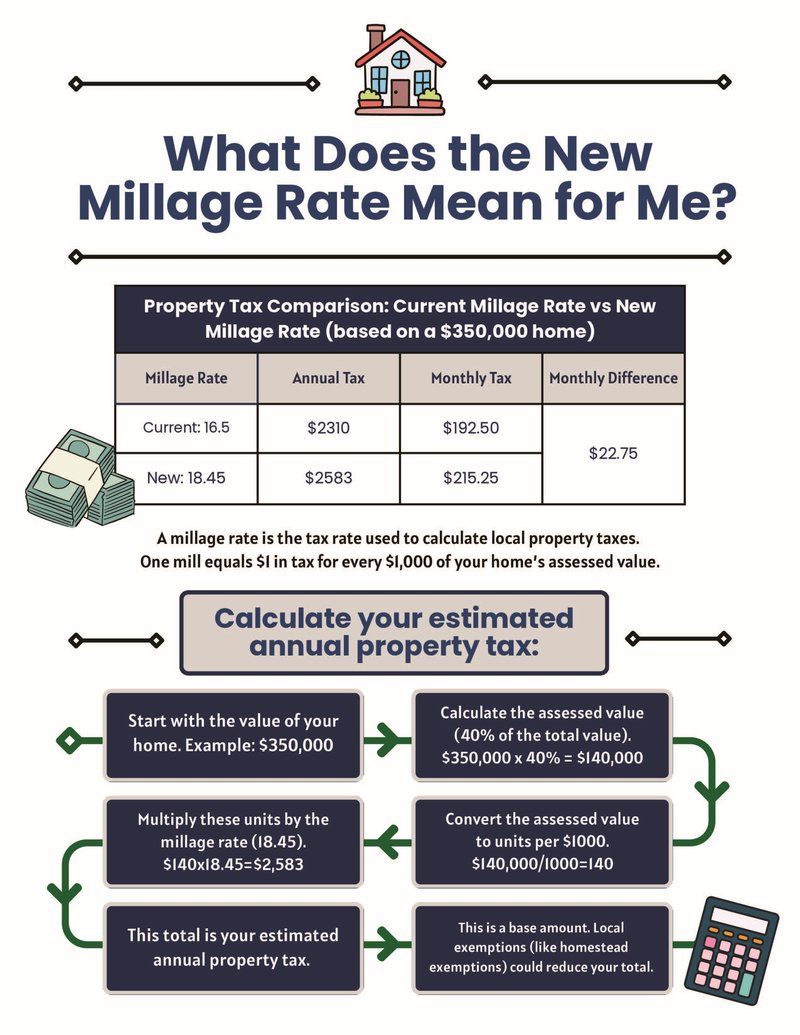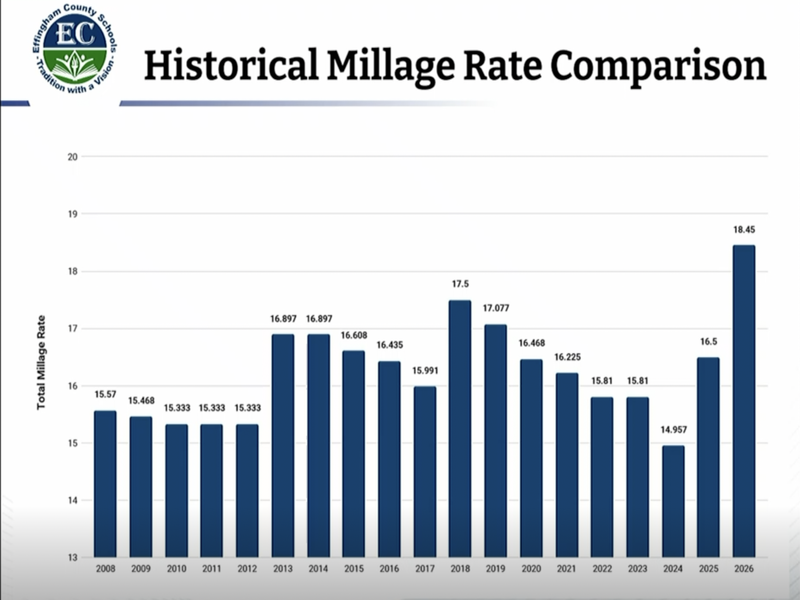By Ray Parker, for the Effingham Herald
The Hardy Hibiscus is a native of North America. It has its Asians cousins, the Tropical Hibiscus, but this is a full-blooded American species. Its other name is Rose Mallow Hibiscus, or Hibiscus Moscheutos, sometimes called “dinner plate” hibiscus because of its size.
It is a hybrid from the “swamp hibiscus” that grows in low swampy areas all across America. The wild ones are usually smaller than those that have been crossed many times from the different areas and zones.
One of the earliest registered Hardy Hibiscus was “Lady Baltimore” by Robert Darby in 1955. The Fleming brothers of Lincoln, Nebraska took a leading hand in the hybridizing process for many years. They are referenced as Hardy, it seems like most of the hybridizing has taken place in the northern part of the United States: Maryland, Nebraska, and Michigan. Southern breeding has been a slow process. This Hibiscus is a deciduous shrub, meaning it will die back to the ground in winter. It rapidly grows back to its original height in a couple months of warm weather. Since its origins are swampy areas, it doesn’t need to really dry out, so keep it hydrated.
Colors range from white, pink, and red. Now think of taking a paint palette and mixing those basic colors. Swirl in a little white with red, you may get several shades of pink, take pink and red, mix more red or more pink…see the color range you can get just from three basic colors. Think of the paint store and all the shades of those three colors in the color charts? Interesting, isn’t it?
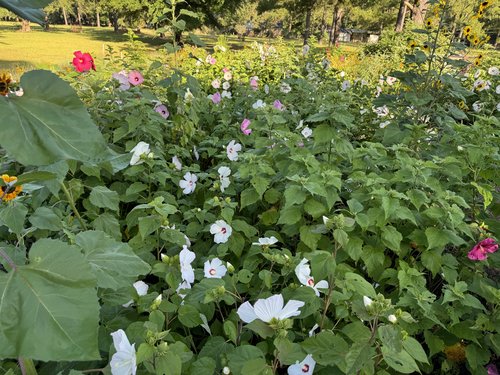
For several years I have grown Hardy Hibiscus. Four years ago, I decided to try my hand at swapping pollen for this new flower. And low and behold, it worked better than I thought, “Hooked again”. A few seeds turned into hundreds. A few plants, into the hundreds. They are beautiful when they bloom, but it takes lots of work. Any garden project, if you are a real gardener, takes lots of time, energy, and love of the job.
The best place for a Hardy Hibiscus is planted in the ground. But many people like to keep them in pots, near a patio, pool, or porch. That is fine, but remember they need deep watering, fertilizing, and sunshine. Don’t fret when they die with the first frost. Cut them off about 3-4 inches from the ground, cover with straw, or mulch, if it's a dry winter don’t forget water. When spring comes, fertilize, water, and watch them grow.
[Ray Parker is a backyard gardener in south Guyton.]


